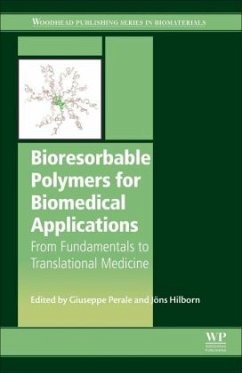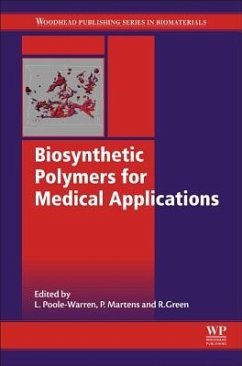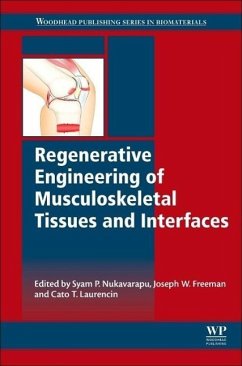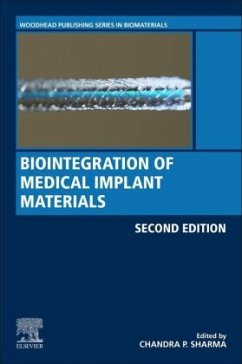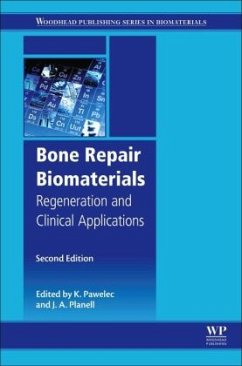
Biomedical Applications of Electrospinning and Electrospraying

PAYBACK Punkte
72 °P sammeln!
Biomedical Applications of Electrospinning and Electrospraying describes the principles and laboratory set up for electrospinning and electrospraying, addressing a range of biomedical applications. Sections cover novel combinational approaches, such as electrospinning/spraying and 3D printing. Electrospinning has evolved from being a technique to prepare random networks of textile fibers to a technique to fabricate highly ordered patterns of biomedical materials of defined scale. The technological advancements in recent years with regard to the way the jet is facilitated, how the jet path is c...
Biomedical Applications of Electrospinning and Electrospraying describes the principles and laboratory set up for electrospinning and electrospraying, addressing a range of biomedical applications. Sections cover novel combinational approaches, such as electrospinning/spraying and 3D printing. Electrospinning has evolved from being a technique to prepare random networks of textile fibers to a technique to fabricate highly ordered patterns of biomedical materials of defined scale. The technological advancements in recent years with regard to the way the jet is facilitated, how the jet path is controlled, and how the fibers are collected have provided invaluable insights into controlled fabrication of a material of choice.
Additionally, the electrospray technique has also evolved from being a technique to prepare food formulations to a technique to prepare cell encapsulated beads for transplantation in clinics. Several innovations in this line, such as those leading to core-shell materials have tremendously changed the way the technique is used. Thus, a combinational approach using electrospinning, electrospraying and 3D printing has emerged.
Additionally, the electrospray technique has also evolved from being a technique to prepare food formulations to a technique to prepare cell encapsulated beads for transplantation in clinics. Several innovations in this line, such as those leading to core-shell materials have tremendously changed the way the technique is used. Thus, a combinational approach using electrospinning, electrospraying and 3D printing has emerged.





